New Turkish Handwoven Kilim Rug 8' 7" x 11' 6" (103" x 138")
Type:
Kilim RugsCollection:
Vintage YarnID:
K0077256Size:
Material:
Colors of the Kilim Rug
- Color Palette:
- Warm tones dominate the rug, including hues of orange, red, and soft pink.
- Earthy shades of beige, brown, and olive green provide balance and grounding.
Colors of the Kilim Rug
- Color Palette:
- Warm tones dominate the rug, including hues of orange, red, and soft pink.
- Earthy shades of beige, brown, and olive green provide balance and grounding.
- Accent colors like teal and muted blue add contrast and interest.
- Color Meanings:
- Warm colors such as red and orange symbolize energy, vitality, and warmth.
- Earth tones represent stability, reliability, and a connection to nature.
- Cool colors (teal and blue) evoke calmness and tranquility.
Design Elements of the Kilim Rug
- Motif Patterns:
- Geometric shapes, particularly hexagons and diamonds, create a structured appearance and indicate harmony.
- Interlocking motifs symbolize unity and community, often seen in traditional craftsmanship.
- Lines and borders enhance the visual appeal and add depth to the design.
- Symbolism of Main Motifs:
- Hexagons symbolize balance and interconnectedness, often signifying the importance of family and groups.
- Diamonds represent creativity, vision, and clarity of purpose.
- Wavy lines may symbolize flowing water, representing life and fertility.
- Composition:
- The symmetrical arrangement promotes a sense of order and stability.
- The designs are densely packed, creating a rich visual experience.
Summary
The handwoven kilim rug features a vibrant color palette of warm and earthy tones, symbolizing energy and stability. The geometric motifs, including hexagons and diamonds, convey themes of balance, unity, and creativity. Overall, the rug's design elements embody a rich tapestry of meaning that reflects cultural heritage and artistic expression.
- Ships in 1-4 business days
- Only one in stock, handmade, unique
- Free shipping via FedEx Express. Easy returns
- Contact us or add a note to your order if you want us to delay your shipping.
- Request more info if you want this rug shorter or narrower
Colors may appear slightly different across various monitors due to screen settings device differences, and external lighting conditions. If color accuracy is important for your space, we recommend viewing the rug on multiple devices or contacting us for a detailed color description. We can provide detailed photos and references using Sherwin-Williams, Benjamin Moore, Pantone, or even Crayola crayons.
You can also visualize most of our products in your own room with AR (augmented reality) on an iPhone or iPad.
Return Policy
Need a rug pad? We recommend RugPadUSA

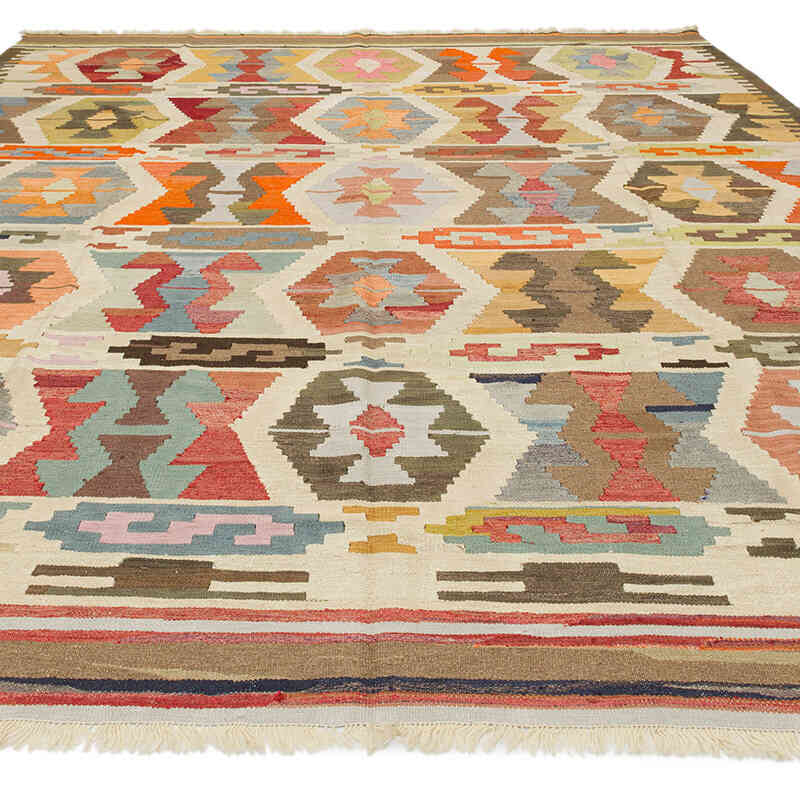
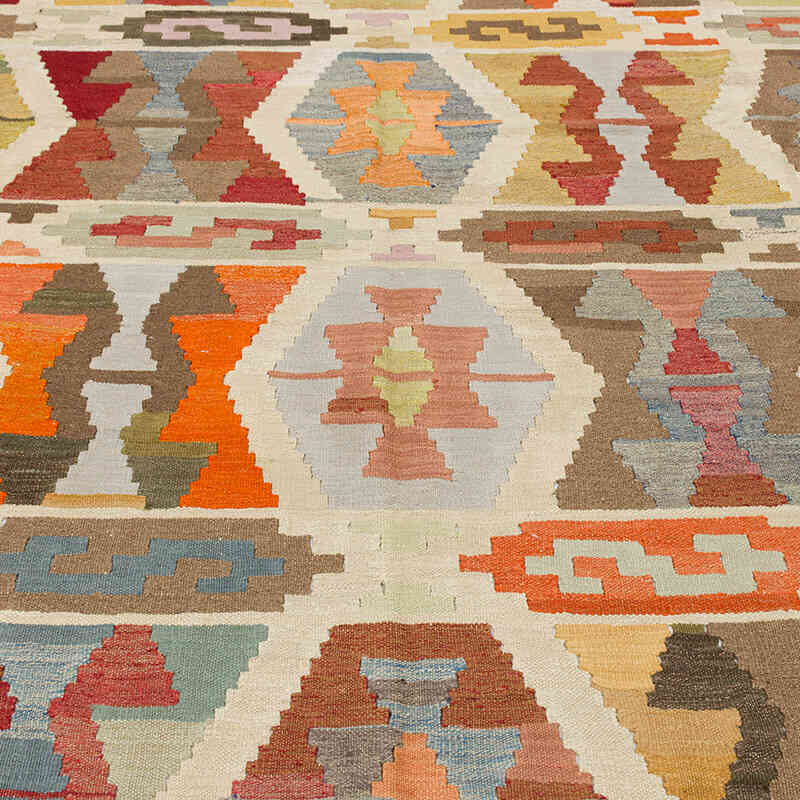
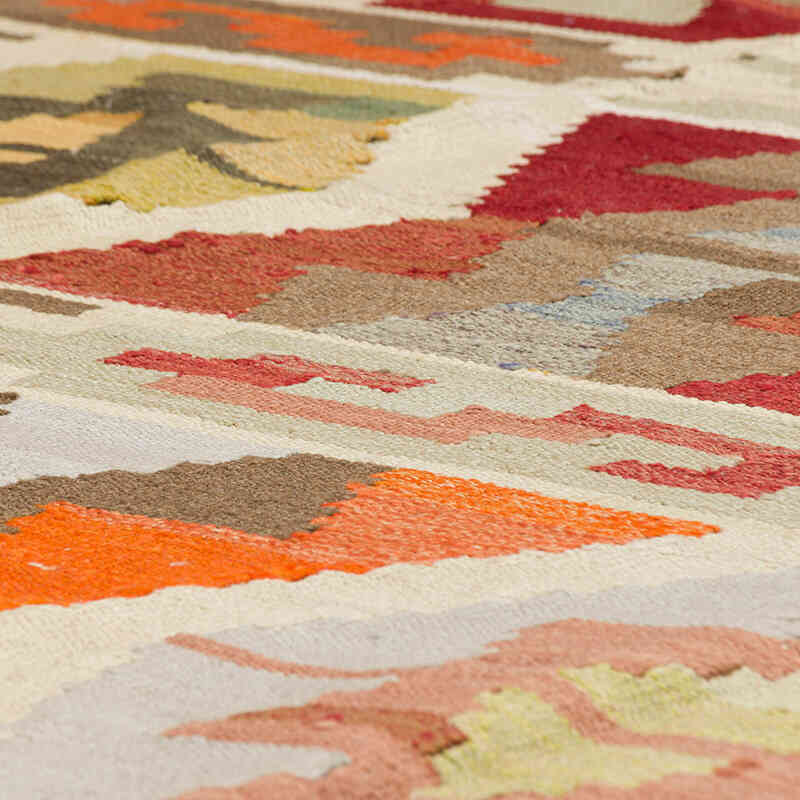
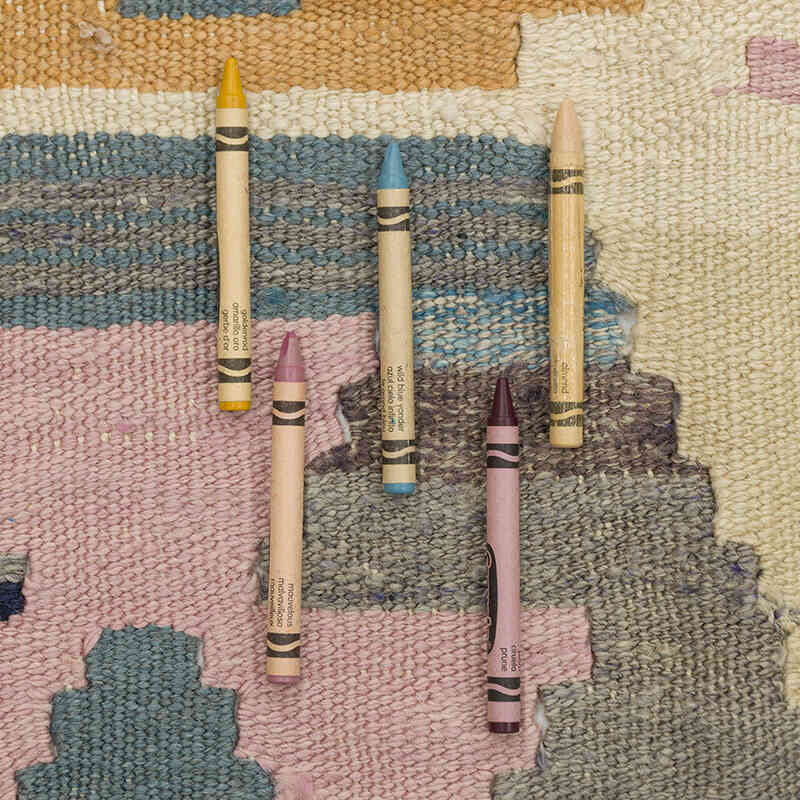

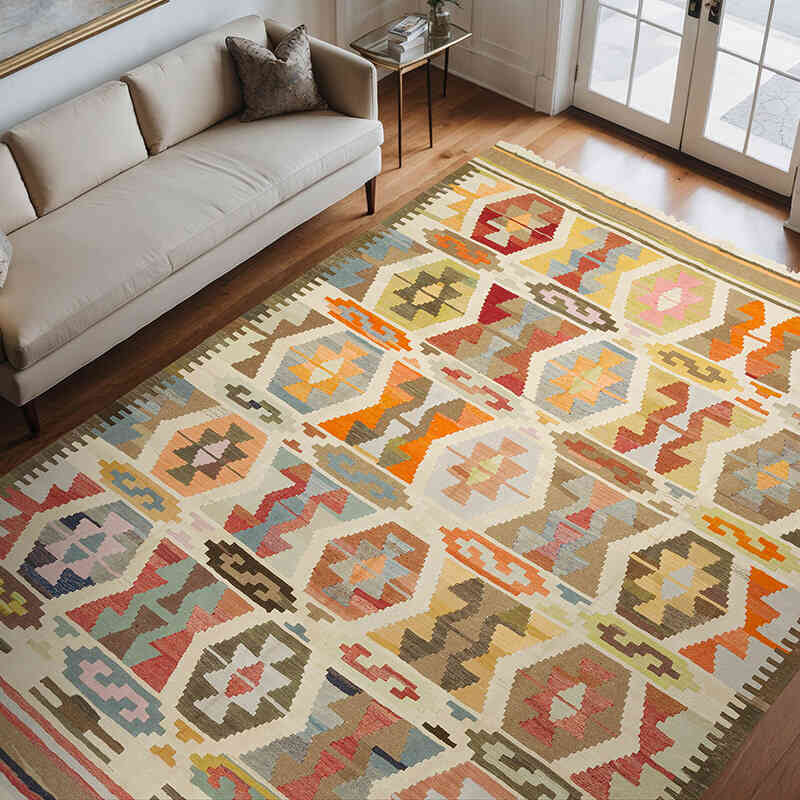
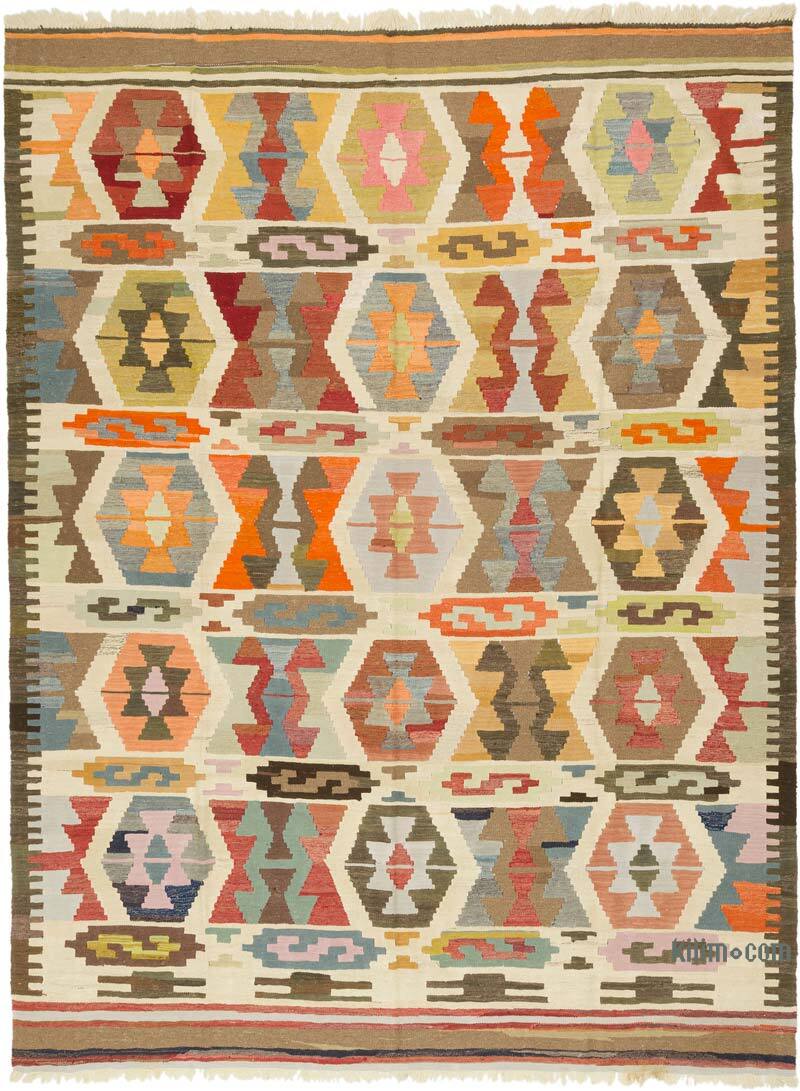
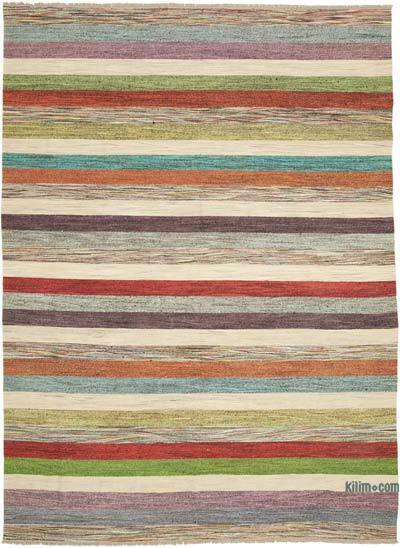

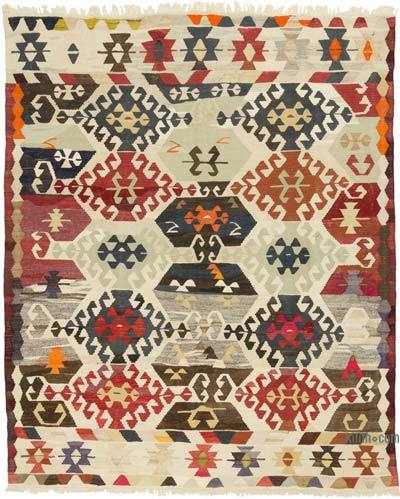
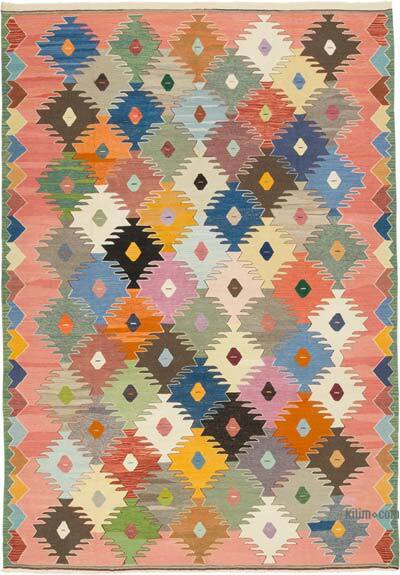

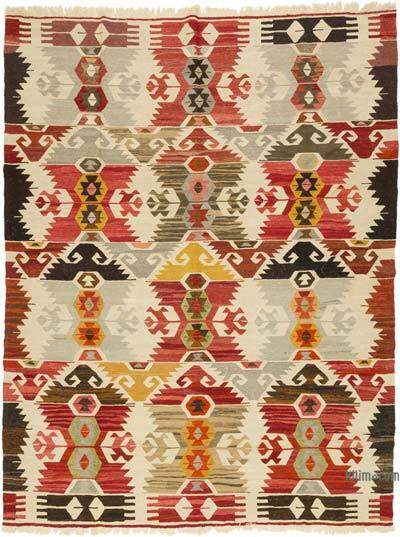

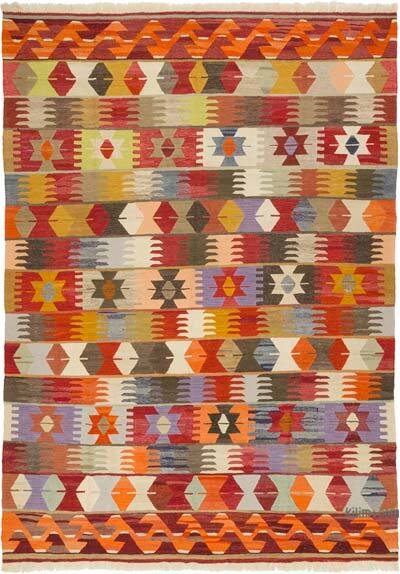
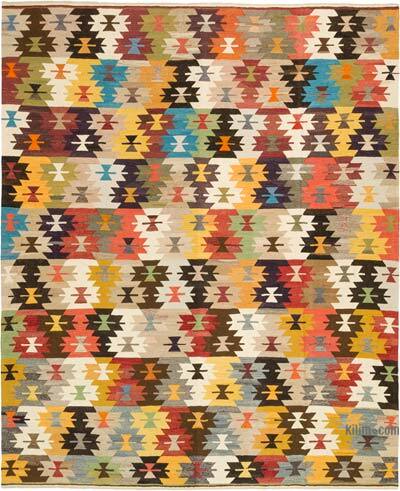

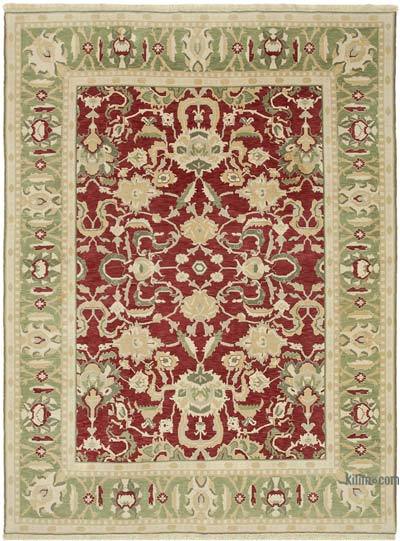
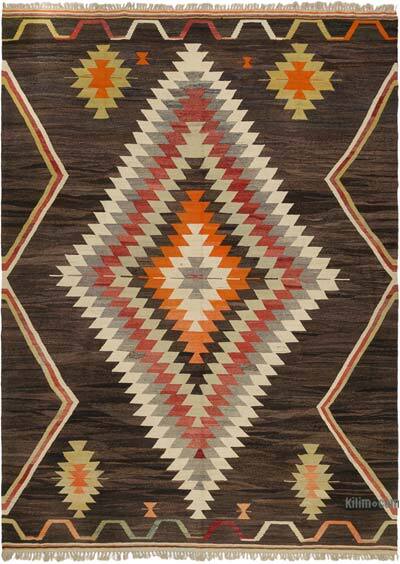
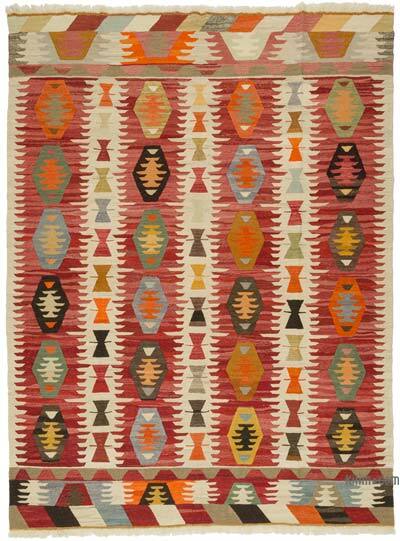
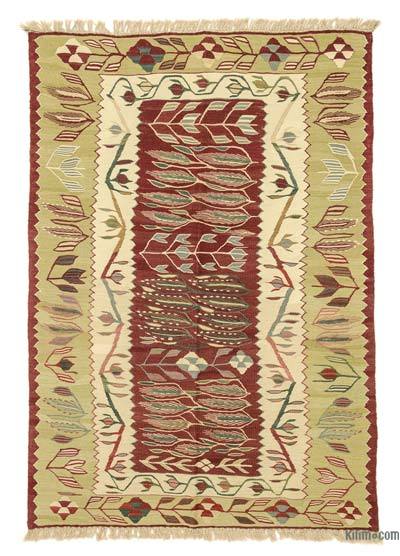
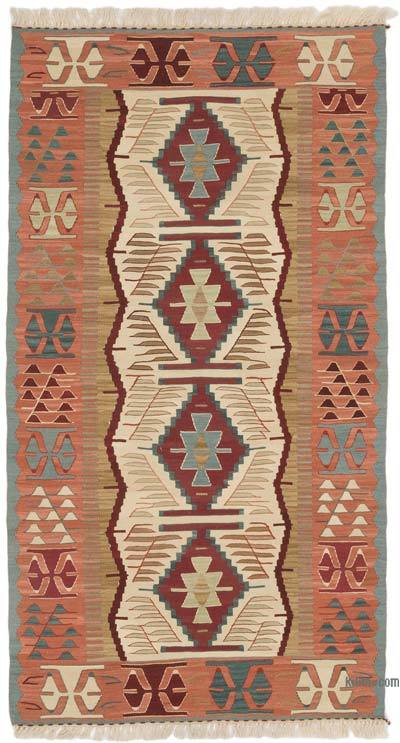
Stunning